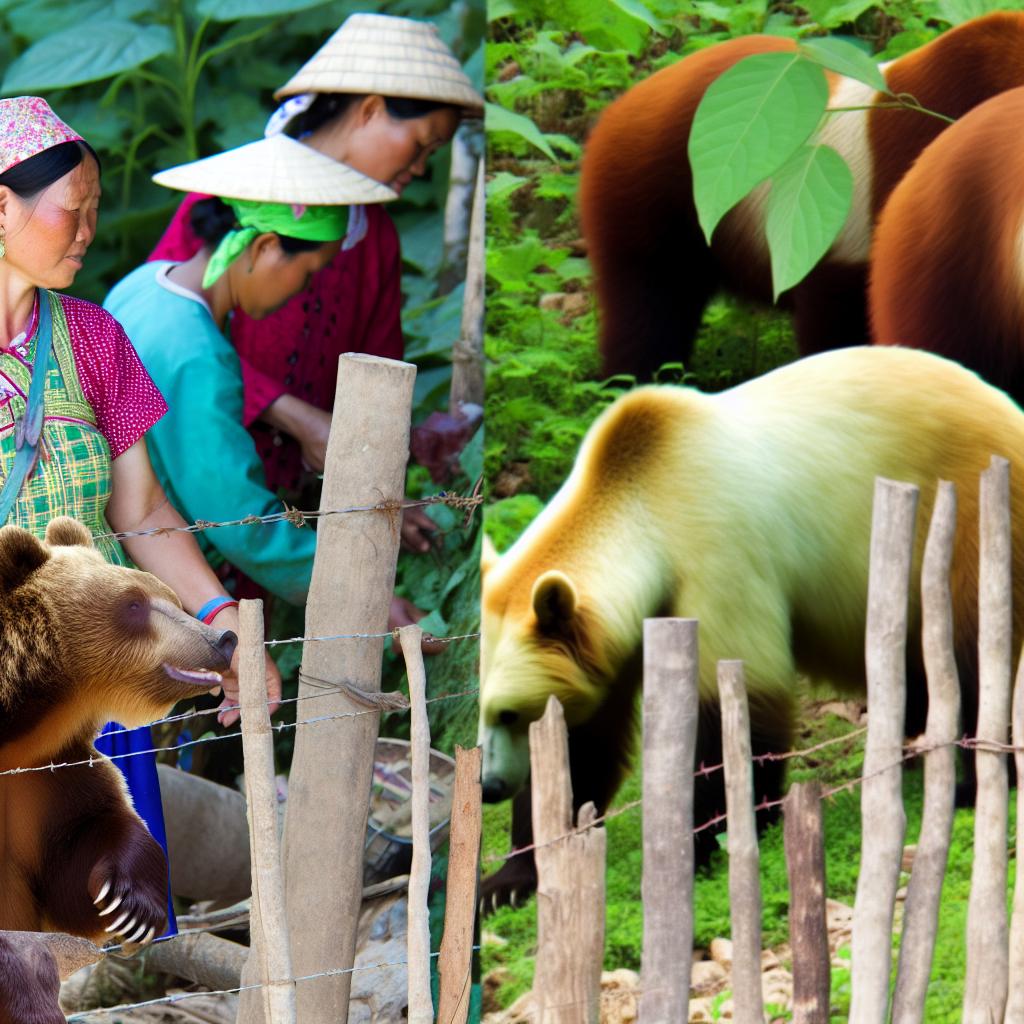Understanding the Bear-Human Conflict in Agricultural Areas
Agricultural areas provide bears with accessible food sources, which can sometimes lead to conflicts. Farmers face the challenge of protecting their crops and livestock while also ensuring the safety and conservation of bear populations. Balancing these concerns requires a nuanced understanding of bear behavior and habitat needs.
Bears and Their Attraction to Farmlands
Bears, being opportunistic feeders, are drawn to farms primarily because of the availability of food. Farms offer an abundance of high-calorie foods such as corn, fruits, and grains, which are part of a bear’s natural diet. In addition, livestock can attract bears, especially during calving seasons.
Preventive Measures Adopted by Farmers
To manage bears effectively near agricultural areas, farmers employ a variety of strategies:
Physical Barriers: Installing strong, bear-resistant fencing is a common technique. Electric fences are particularly effective in deterring bears without causing harm.
Noise and Visual Deterrents: Farmers use devices that produce loud noises or bright lights to scare bears away. While effective temporarily, bears can become accustomed to these methods over time.
Securing Attractants: Proper storage of crops and livestock feed prevents bears from accessing them. Farmers are encouraged to keep grains and fruits in secure barns or silos.
Community-Based Approaches
Beyond individual efforts, community-based strategies play a crucial role in managing bear encounters. Farmers often participate in local wildlife management groups to stay informed and share effective practices.
Wildlife Management Group, for instance, provides resources and support to help communities coexist with wildlife, including instructional guides and workshops on bear deterrence.
Long-Term Wildlife Management Goals
The ultimate goal of any management strategy is not only to reduce bear-related damages but also to ensure sustainable coexistence. This includes:
Monitoring and Research: Continued research into bear movements and behavior helps in refining management techniques. Using technology like GPS collars, scientists can track bear populations and identify high-risk areas.
Education and Awareness: Educating farmers and local communities about bear behavior and conservation needs helps foster a more harmonious relationship between humans and bears.
Bear Conservation emphasizes that coexistence is achievable through informed practices that consider both agricultural productivity and bear conservation.
In conclusion, managing bears near agricultural areas requires a blend of preventive measures and community involvement. By employing a combination of physical deterrents and broader cooperative efforts, farmers can protect their livelihoods while also supporting bear conservation.

